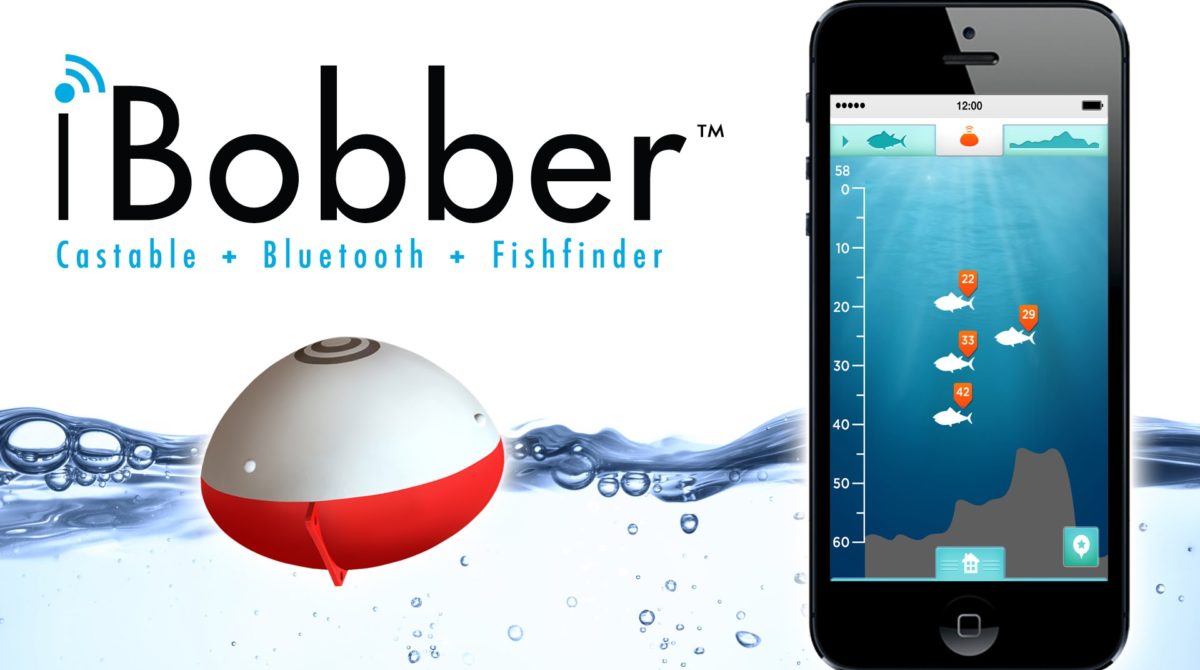Copyright (c) 2010 Gerry Stringer
If you thought fly fishing was a summer sport, put on your thermal underwear and guess again. Winter fly fishing calls for a little more preparation and planning than in milder weather, but the reward, as any fan of fly fishing knows, is the day on the river, the quietude and the man-versus-nature adventure.
Start with appropriate gear. In the last few years, many advances have been made in winter fly fishing equipment. Layering is key: Under fleece pants and neoprene’s, wear two-three layers of silk underwear. Sock linerssilkthink winter socks are a must and if you think accommodating the extra sock bulk is necessary, you may want to use a larger pair of wading boots. Breathable waders get high marks from a number of professional fly fishermen.
While ski gloves do the trick making the walk from your car to the river or lake carrying fly fishing equipment for the day, fingerless fleece gloves will allow you to maneuver your lines and flies. Maybe it’s a blessing, but fish bite more gingerly in the cold water so rigorous setting of the hook isn’t necessary.
As in any winter activity, a hat keeps the body heat in.
Key to decent winter fly fishing, is an understanding of the river levels. Too much runoff can make a river unfishable. It’s almost sure you won’t have a bite if you’ve experienced as much as three to four days of steady rain. Moreover, you have to consider the lightnot just the shorter days but the dimmer light makes it more difficult to see below the river bottom while wading.
Winter fly fishing is a sub-surface experience for the most part. Because small fish and nymphs metabolism slows in winter, they’re most likely to stick to the bottom out of the main current so fishing nymphs deep is the obvious recommendation. Tucker Ladd, a fly fishing expert, reports having luck with Disco Midge, Wd-40s and San Juan Worms. He recommends a split or two on the line as well a using two flies (one as a dropper) and possibly a sinking tip line. Streamers like Woolly Buggers, Muddlers and Mickey Finn’s make superior streamers.
Dead drifting nymphs is the most popular method. Swinging streamers, second. Expert FLY FISHING fishermen let the fish do the setting. If you’re mission is catch-and-release, take care that the fish is 100% revived before release. They may need a little extra care because of the cold water. A thermos of coffee or hot chocolate can help combat the cold. Put a change of clothes in your car in case you do get wet and always fish with a buddy, summer or winter. Use your common sense when participating in any outdoor sport in the dead of winter and the likelihood is that you’ll be glad you’re on the river enjoying its solitude rather than paying $100 a lift ticket to fight the downhill ski crowds.

